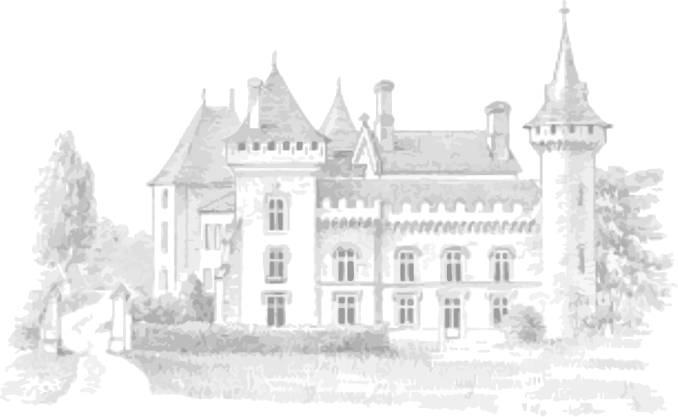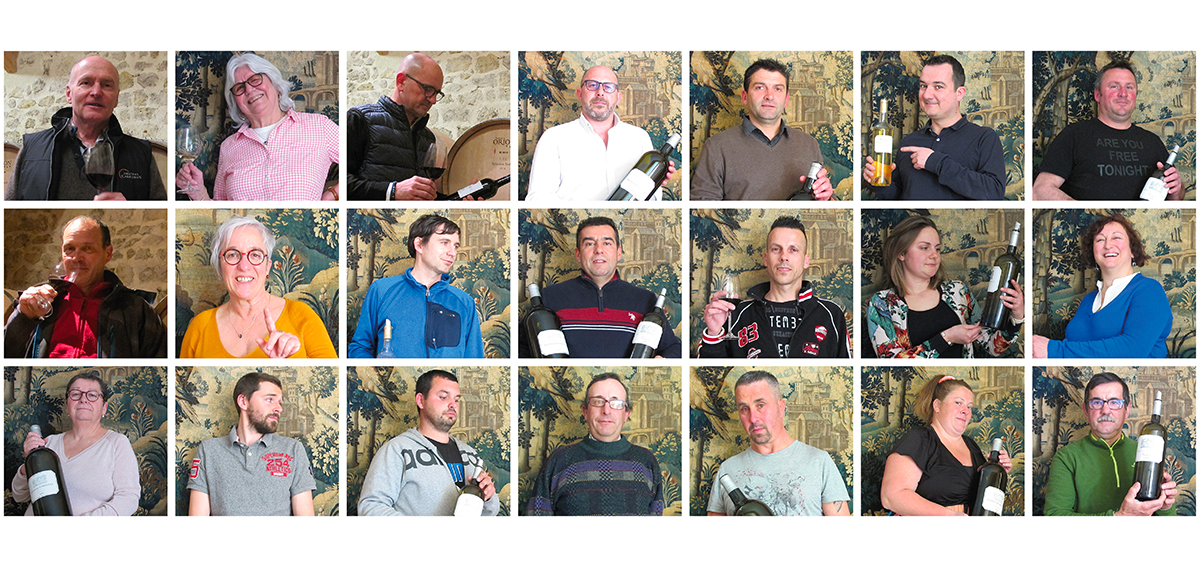

Son histoire
Australian Casino Licensing: Casinozoid's Overview of Regulatory Development
Australia's casino licensing framework represents one of the most complex regulatory environments in the global gaming industry. With each state and territory maintaining distinct licensing authorities and requirements, the landscape has evolved significantly since the first legal casino opened in Tasmania in 1973. Casinozoid's comprehensive analysis reveals how regulatory development has shaped the industry's current structure, influencing everything from operational standards to technological integration across the continent.
Historical Foundation and State-Based Framework
The development of Australia's casino licensing system began with the Casino Control Act 1963 in Tasmania, establishing the foundational principles that would influence regulatory approaches nationwide. Unlike many jurisdictions with centralized gaming authorities, Australia adopted a state-based model where each territory maintains sovereign control over casino operations within its borders.
New South Wales followed with the Casino Control Act 1992, creating the Independent Liquor and Gaming Authority (ILGA) as the primary regulatory body. This legislation introduced stringent probity requirements, mandating extensive background checks for operators, key personnel, and significant shareholders. The Victorian Commission for Gambling and Liquor Regulation (VCGLR) emerged as another influential authority, implementing comprehensive harm minimization protocols that became benchmarks for other jurisdictions.
Queensland's approach through the Queensland Office of Liquor and Gaming Regulation emphasized tourism integration, recognizing casinos as significant contributors to the state's hospitality sector. Western Australia's Department of Local Government, Sport and Cultural Industries adopted similar tourism-focused regulations, while South Australia's Consumer and Business Services division concentrated on consumer protection measures.
The regulatory framework's evolution reflects Australia's federal system, where constitutional powers over gaming rest with individual states. This structure has created both opportunities and challenges, allowing jurisdictions to tailor regulations to local conditions while potentially creating compliance complexities for multi-state operators.
Contemporary Regulatory Challenges and Adaptations
Recent years have witnessed unprecedented scrutiny of casino operations, particularly following high-profile regulatory investigations. The Bergin Inquiry into Crown Resorts and subsequent royal commissions have fundamentally altered the regulatory landscape, introducing enhanced oversight mechanisms and stricter accountability measures.
Modern licensing requirements now encompass comprehensive anti-money laundering protocols, with operators required to implement sophisticated transaction monitoring systems and maintain detailed customer identification procedures. The Australian Transaction Reports and Analysis Centre (AUSTRAC) has become increasingly involved in casino oversight, working closely with state regulators to ensure compliance with federal financial intelligence requirements.
Technological advancement has also influenced regulatory development, with licensed operators 2025 expected to demonstrate robust cybersecurity frameworks, responsible gambling technologies, and comprehensive data protection measures. Digital integration requirements now form essential components of licensing applications, reflecting the industry's evolution toward technology-driven operations.
Casinozoid's research indicates that contemporary licensing processes typically require 12-18 months for completion, involving extensive due diligence investigations, financial capability assessments, and operational readiness evaluations. The probity investigation process has become increasingly sophisticated, utilizing international intelligence networks and advanced background verification systems.
Harm minimization has emerged as a central regulatory focus, with operators required to implement comprehensive responsible gambling programs, staff training protocols, and customer intervention systems. These requirements reflect growing recognition of gambling-related harm as a significant public health concern, driving regulatory authorities to mandate proactive rather than reactive approaches to player protection.
Economic Impact and Industry Structure
Australia's casino industry operates under a limited licensing model, with approximately 13 major casino complexes across the continent. This restricted approach has created substantial economic value, with existing licenses representing significant commercial assets worth hundreds of millions of dollars.
The economic contribution extends beyond direct gaming revenue, encompassing employment generation, tourism attraction, and infrastructure development. Regulatory authorities increasingly evaluate license applications based on broader economic impact assessments, considering factors such as job creation, capital investment commitments, and regional development contributions.
License conditions typically include minimum investment requirements, employment targets, and community benefit obligations. These conditions reflect regulatory authorities' recognition of casinos as significant economic infrastructure, requiring operators to contribute meaningfully to local and state economies.
The restricted licensing environment has also influenced market dynamics, creating substantial barriers to entry while ensuring existing operators maintain significant market positions. This structure has attracted international investment, with major global gaming companies viewing Australian licenses as premium assets within their international portfolios.
Recent regulatory developments have emphasized the importance of local ownership and control, with some jurisdictions implementing restrictions on foreign ownership levels and requiring demonstrated local community engagement. These requirements reflect growing emphasis on ensuring casino operations align with community expectations and local economic priorities.
Future Regulatory Directions and Industry Evolution
The regulatory landscape continues evolving, with authorities implementing enhanced supervision frameworks and expanded enforcement capabilities. Recent legislative amendments have strengthened regulatory powers, enabling more intrusive oversight and imposing more severe penalties for non-compliance.
Emerging regulatory trends include increased focus on environmental sustainability, with licensing conditions beginning to incorporate carbon footprint reduction requirements and sustainable operational practices. Social responsibility obligations are also expanding, requiring operators to demonstrate meaningful community engagement and local economic contribution.
Technology regulation represents another frontier, with authorities developing frameworks for emerging technologies such as artificial intelligence, blockchain applications, and advanced analytics. These developments require careful balance between innovation encouragement and consumer protection maintenance.
International regulatory cooperation has become increasingly important, with Australian authorities participating in global networks for information sharing and best practice development. This cooperation enhances the effectiveness of probity investigations and strengthens anti-money laundering enforcement capabilities.
The integration of online and land-based operations presents ongoing regulatory challenges, requiring authorities to develop comprehensive frameworks addressing hybrid operational models while maintaining existing consumer protection standards.
Australia's casino licensing framework reflects decades of regulatory evolution, balancing economic opportunity with consumer protection and social responsibility. Casinozoid's analysis demonstrates how state-based regulation has created a sophisticated system capable of adapting to emerging challenges while maintaining high operational standards. As the industry continues evolving, regulatory authorities face the ongoing challenge of ensuring frameworks remain effective, relevant, and responsive to changing community expectations and technological developments.
En 1689, année de la naissance de l'écrivain et philosophe Charles Louis de Secondat, baron de La Brède et de Montesquieu, le Château fut vendu à la famille de la Devise. Il passa ensuite dans la famille Cursol jusqu'au début du XIXème siècle. Acheté en 1814 par le Général Etienne Donna, aide de camp de Joseph Bonaparte, roi d'Espagne, il passe dans la famille de Beaumont qui le vend en 1892 à Honoré Picon dont les héritiers Gonfreville le vendent à André Abadie en 1940. Philippe Pieraerts l'acheta aux héritières de ce dernier en 1981. La propriété appartient désormais à Andy Lench depuis 2007.
Voici un extrait du livre Carignan, son passé, son histoire.
SON ÉQUIPE
Les hommes et les femmes de Château Carignan sont animés par une passion commune pour la terre et la vigne. Nous partageons les mêmes valeurs et l’amour pour notre métier quelle que soit notre mission. Chacun d’entre nous apportant sa connaissance, sa curiosité et son talent à la création de grands vins de terroir que nous avons plaisir à partager avec vous.
SON SAVOIR FAIRE
Découvrez nos vignes, nos terroirs, notre travail au chai et nos méthodes de vinification.
découvrez et visitez Château Carignan
Le Château est situé à Carignan de Bordeaux, à quelques kilomètres de Bordeaux. La propriété représente 150 hectares dont 65 hectares de vignes. Lors de votre visite, vous serez accueilli par une superbe oeuvre d'art contemporaine créé par l'un des élèves de Picasso, Miguel Berrocal ainsi que par une superbe roseraie.Vous pourrez visiter la cuverie et les chais d'élevage dont les équipements sont dignes des plus beaux châteaux bordelais.
Nous proposons des visites et dégustations sur rendez-vous, contactez-nous pour plus de renseignements : [email protected]
En attendant, nous vous proposons de découvrir quelques photos de l’univers Carignan.
